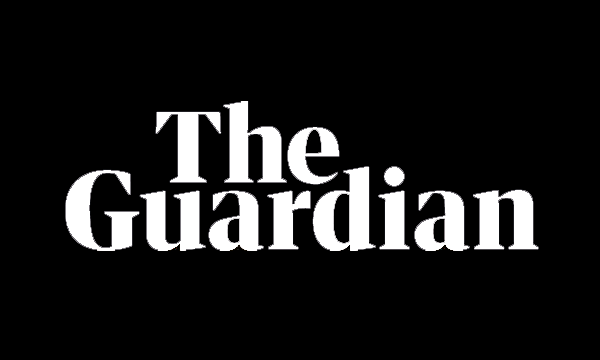
United Airlines (NASDAQ: UAL) trimmed its third-quarter profit forecast on July 17 after continuing operational disruptions at Newark Liberty International Airport dented its performance for a second straight quarter. The airline cited infrastructure issues, air traffic control bottlenecks, and severe weather impacts that disproportionately hit its busiest hub.
According to Reuters, United now expects a 0.9 percentage point decline in Q3 profit margin due to Newark-related complications—after a 1.2-point hit in the second quarter. This has led to adjusted earnings per share forecasts falling below Wall Street expectations.
A Chronic Problem at a Key Hub
United operates over 70% of its domestic flights through Newark, making any issues at the airport disproportionately harmful to its operations. The problems aren't new: earlier in the year, a combination of runway construction, aging ground equipment, and limited radar coverage caused cascading flight delays. According to CNBC, over 30% of United's flights through Newark experienced delays in June and early July, far higher than the national average.
In a call with investors, United CEO Scott Kirby described the situation as "a perfect storm of systemic issues," noting that persistent problems at Newark could limit growth despite otherwise strong travel demand. He emphasized the need for FAA and Port Authority coordination to resolve traffic bottlenecks, calling the current state "unsustainable for a global hub."
Broader Travel Demand Remains Robust
Despite the Newark-specific challenges, United's overall demand outlook remains healthy. Passenger revenue grew 6.3% year-over-year in Q2, and international routes — particularly across the Atlantic and South Pacific — remain profitable, according to Yahoo Finance. Business travel recovery continues, albeit unevenly across regions.
The airline said it expects full-year capacity to increase by 5%, although operational issues could limit peak-season availability. The carrier is also facing increased labor costs, including a new union agreement with pilots approved earlier this month, which adds long-term cost pressure.
Regulatory and Infrastructure Hurdles
The Federal Aviation Administration (FAA) has acknowledged the strain at Newark and has floated plans to reduce scheduled flights during peak hours. However, United argues this approach punishes carriers rather than addressing root problems like outdated air traffic control systems and slow infrastructure modernization.
Newark, operated by the Port Authority of New York and New Jersey, has lagged behind other major airports in upgrades, despite recent renovations to terminals. United is calling for federal investment in radar and control tower technology to modernize the hub. As The Wall Street Journal reports, airline industry groups have also lobbied for new NextGen satellite-based navigation to reduce congestion.
Investor Response and Outlook
United's stock fell about 3% in premarket trading following the profit warning, and analysts have started adjusting earnings models to reflect persistent Newark underperformance. Bank of America downgraded the stock to "Neutral", citing "execution risk tied to Newark throughput and infrastructure reliance."
Still, the airline remains profitable and sees room for margin expansion — if disruptions ease. Its cargo operations also posted a 9% YoY gain, and loyalty revenue from its MileagePlus program continues to grow.
What's Next
United is working with regulators to explore temporary slot adjustments, rerouting options, and more automation on the ground to manage turnaround times better. However, until Newark's issues are fixed, the hub's challenges are likely to remain a drag on earnings — even as the broader travel market continues to recover.







